How long does it take to settle a pedestrian accident in California
When estimating the duration of a pedestrian accident settlement, it's important to consider all the factors that can influence the process.
In short, several elements can impact the timeline of a pedestrian accident case, including the case's complexity, the severity of the injuries, and the involvement of insurance companies. Since each case is different, the timeline can vary widely.
By understanding these factors, you can better manage your expectations throughout the legal process and effectively uphold your rights as a pedestrian involved in an accident.
Let's explore each factor in detail to help you set realistic expectations for your case.
Table of contents
- Factors that can affect your pedestrian accident settlement timeline
- How does the process work?
- What should you do after being involved in a pedestrian accident?
- Is it necessary to hire a personal injury lawyer for my pedestrian accident claim?
- California pedestrian accident stats and injury types
FACTORS THAT CAN AFFECT YOUR PEDESTRIAN ACCIDENT SETTLEMENT TIMELINE
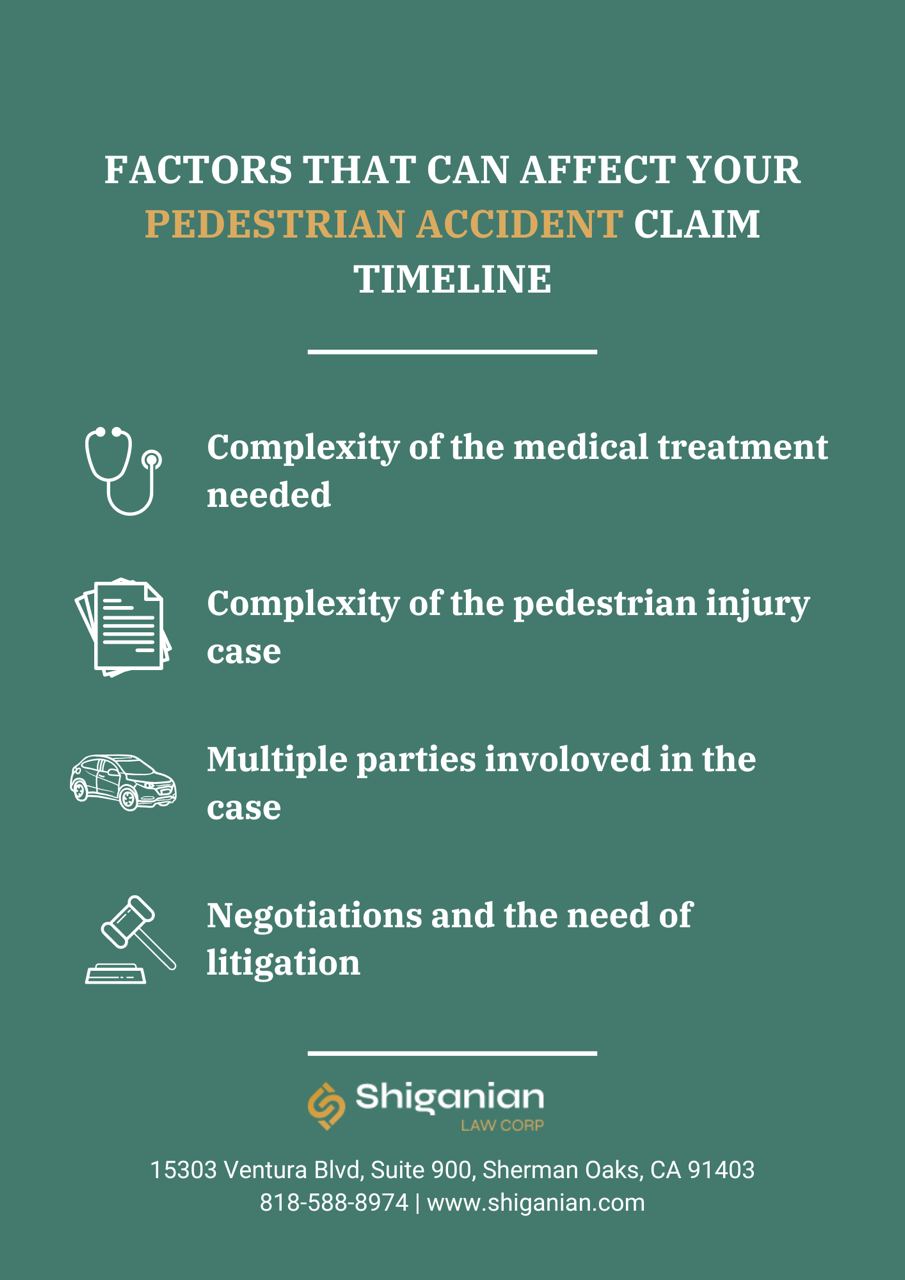
1. Complexity of the medical treatment needed
Injuries resulting from a pedestrian accident can range from moderate to severe, and in some cases, can be catastrophic. The severity of these injuries is one of the most critical factors directly impacting the timeline of the legal process.
Common injuries sustained in pedestrian accidents include:
- Muscle strains and sprains
- Internal organ damage
- Post-traumatic stress disorder (PTSD) and other mental health issues
- Tendon and ligament damage, tears, and sprains
- Lacerations and abrasions
- Traumatic brain injury (TBI)
- Broken and fractured bones
- Paralysis and spinal cord injuries (permanent, temporary, partial, or full)
- Crush injuries
- Wrongful death
- Nerve damage, including loss of feeling, numbness, and radiculopathy
2. Complexity of the pedestrian injury case and the time required to gather evidence for your case
In California, determining fault in pedestrian accidents isn't always straightforward and often involves the legal concept of comparative negligence. This principle allows for both pedestrians and drivers to be found partially at fault for an accident. For instance, if a pedestrian is struck while jaywalking and the driver was exceeding the speed limit, both may share responsibility. The extent of fault assigned to each party affects their liability for damages and injuries resulting from the accident.
Under comparative negligence, pedestrians can still be compensated for their injuries even if they are partially at fault. However, the compensation they receive will be reduced by their percentage of fault. For example, if a pedestrian is found to be 30% responsible for an accident and is awarded $100,000, they would receive $70,000, reflecting the 30% reduction.
Certain behaviors by pedestrians, such as disregarding crosswalk signals or walking in areas where pedestrian access is restricted, can contribute to their share of fault. These factors can influence both liability and the amount of compensation awarded in a pedestrian accident case.
All these complexities extend the time needed to gather all the evidence you need to file a claim and increase your chances for a successful settlement.
3. Negotiations and the need of litigation
Once you’ve gathered all the necessary information to support your claim, the next step involves sending a demand letter to the insurance company. After submitting this letter, it’s essential to allow the insurer a reasonable amount of time to review the records, assess the medical bills, and determine liability (if it hasn’t been established already). The time required for this review can vary based on the complexity of the case and the severity of the injuries involved. For instance, a pedestrian accident clearly recorded on video where the pedestrian had the right of way might only need a month for review. However, a case with unclear liability or severe injuries could take up to 3 months or more, and the insurer may even request additional time.
During this period, the insurance company might ask for further information, such as prior medical records, to make an informed decision about your claim. It’s important to note that not all requests are necessary and could be tactics to delay the process. Your attorney will need to evaluate whether providing the additional information will expedite the case or if it’s merely a stalling tactic.
While many pedestrian accident claims are settled through negotiation, there are instances where filing a lawsuit becomes necessary. This is more common in pedestrian accidents than in straightforward car accidents because insurance adjusters may contest liability, arguing that the pedestrian was at fault for being in a certain location at the time of the accident. Although pursuing litigation can be a lengthy and exhausting process, it might be necessary to achieve a fair outcome. Even after filing a lawsuit, most cases still settle, often just before the trial date, which could be scheduled years after the suit is filed.
4. Multiple parties involved
When multiple parties are involved in a pedestrian accident case, it can significantly slow down the resolution process. This is because each party—whether they are drivers, pedestrians, or other entities like a municipality—may have their own insurance companies, legal representation, and differing accounts of what happened. The involvement of multiple parties often complicates determining liability, as each party may try to minimize their own responsibility while shifting blame to others.
For example, imagine a situation where a pedestrian is struck by a car in a busy intersection. In this case, the driver who hit the pedestrian, another driver who may have been involved indirectly by causing the first car to swerve, and the city for potentially having a poorly designed crosswalk could all be considered liable. Each of these parties would have their own legal teams working to protect their interests, which could result in prolonged negotiations or even multiple lawsuits.
In such a scenario, determining the percentage of fault for each party becomes a complex and time-consuming process. This can lead to delays in reaching a settlement or in going to trial, as all parties involved must first agree on their respective levels of responsibility. The more parties involved, the more likely it is that disputes will arise over the sharing of evidence, the accuracy of testimony, and the interpretation of the law, further extending the timeline of the case.
HOW DOES THE PROCESS WORK?
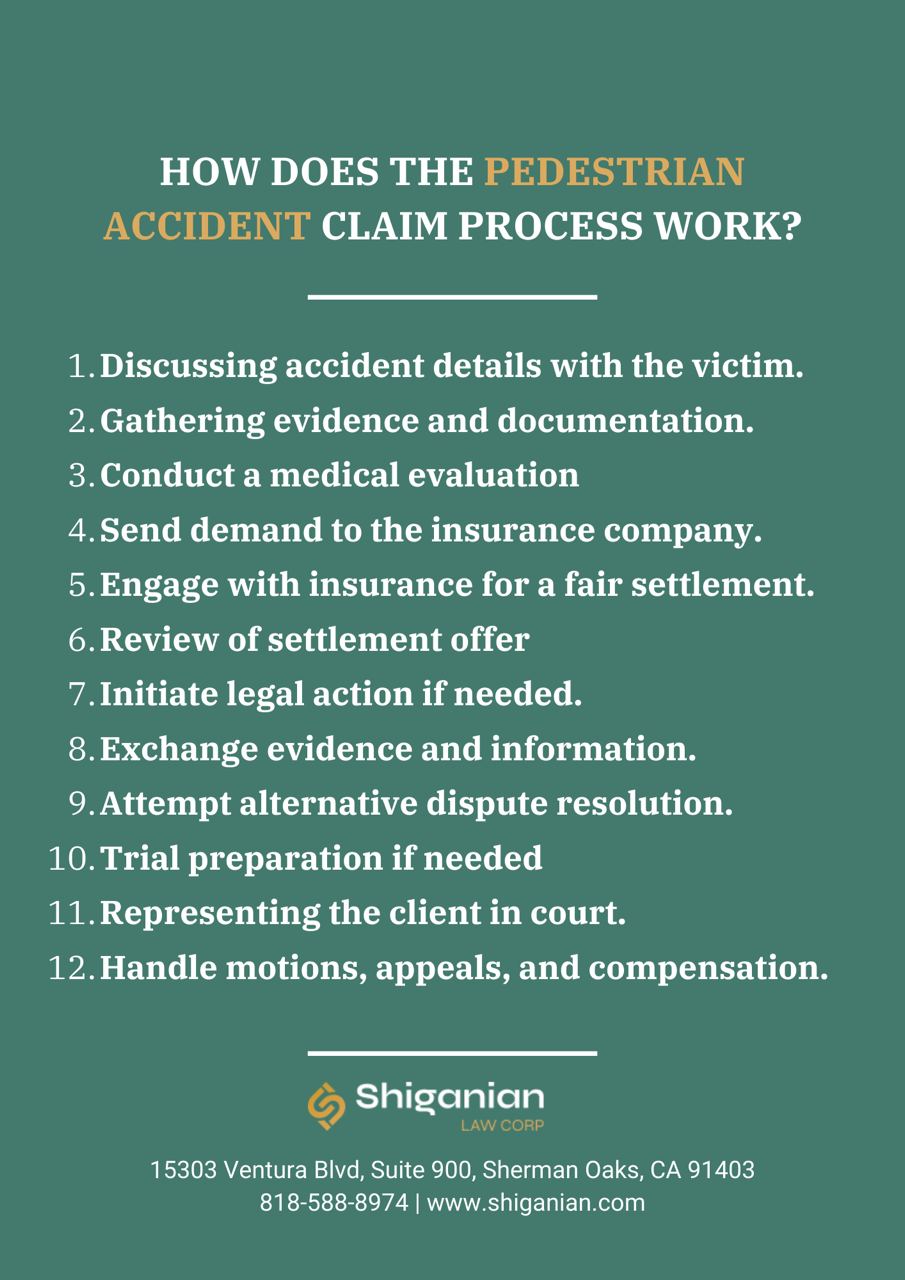
The pedestrian accident claim process typically begins with discussing the accident details with the victim to understand the circumstances. The personal injury lawyer then gathers evidence and documentation to build a strong case. A medical evaluation is conducted to assess the extent of injuries, followed by sending a demand letter to the insurance company. The lawyer engages with the insurance company to negotiate a fair settlement and reviews any settlement offers with the client. If a satisfactory agreement cannot be reached, legal action is initiated. The process continues with exchanging evidence and information during the discovery phase and attempting alternative dispute resolution methods. If necessary, the lawyer prepares for trial, represents the client in court, and handles any motions, appeals, and compensation to ensure the client receives the appropriate outcome.
WHAT SHOULD YOU DO AFTER BEING INVOLVED IN A PEDESTRIAN ACCIDENT?
Unfortunately, accidents involving vehicles and pedestrians often result in significant injuries to the pedestrian, making the aftermath of such incidents very difficult for the victim to do anything after the accident. If you find yourself in this situation or if you are a witness helping the victim, here are some important steps to follow:
- If you can, call 911 immediately or ask someone nearby to do so.
- If it's safe, try to remain as still as possible to avoid worsening any injuries, particularly to your neck or back.
- Seek urgent medical attention and request transportation to a hospital.
- If possible, collect contact information from witnesses and obtain the driver's name, license plate number, and insurance details. If you are a bystander trying to help this is something you can assist with.
- If you're able, or if you can ask someone to assist, take photos of the accident scene, the roadway, your injuries, and the vehicle involved.
- Avoid admitting fault.
- When speaking with law enforcement, only provide details you are certain of—do not speculate about what happened.
- Refrain from contacting insurance representatives before talking to a lawyer.
- Consider hiring a personal injury lawyer to assist you.
IS IT NECESSARY TO HIRE A PERSONAL INJURY LAWYER FOR MY PEDESTRIAN ACCIDENT CLAIM?
When a pedestrian accident occurs, insurance companies often focus on protecting their profits, which can make it difficult for victims to obtain the compensation they need for ongoing medical care and recovery. The best way to protect your rights is by partnering with a lawyer who can effectively represent you during the claim negotiation process.
Your pedestrian accident lawyer will offer essential support throughout your case, including:
- Thoroughly analyzing the accident scene.
- Interviewing witnesses, taking depositions, and gathering additional evidence.
- Consulting with expert witnesses, such as medical professionals.
- Handling negotiations with the insurance companies.
- Initiating pedestrian accident litigation if necessary.
At Shiganian Law, we are committed to securing the best possible outcome for you, allowing you to focus on your recovery. We prioritize your interests, not the insurance company's, and provide the support you need during this challenging time.
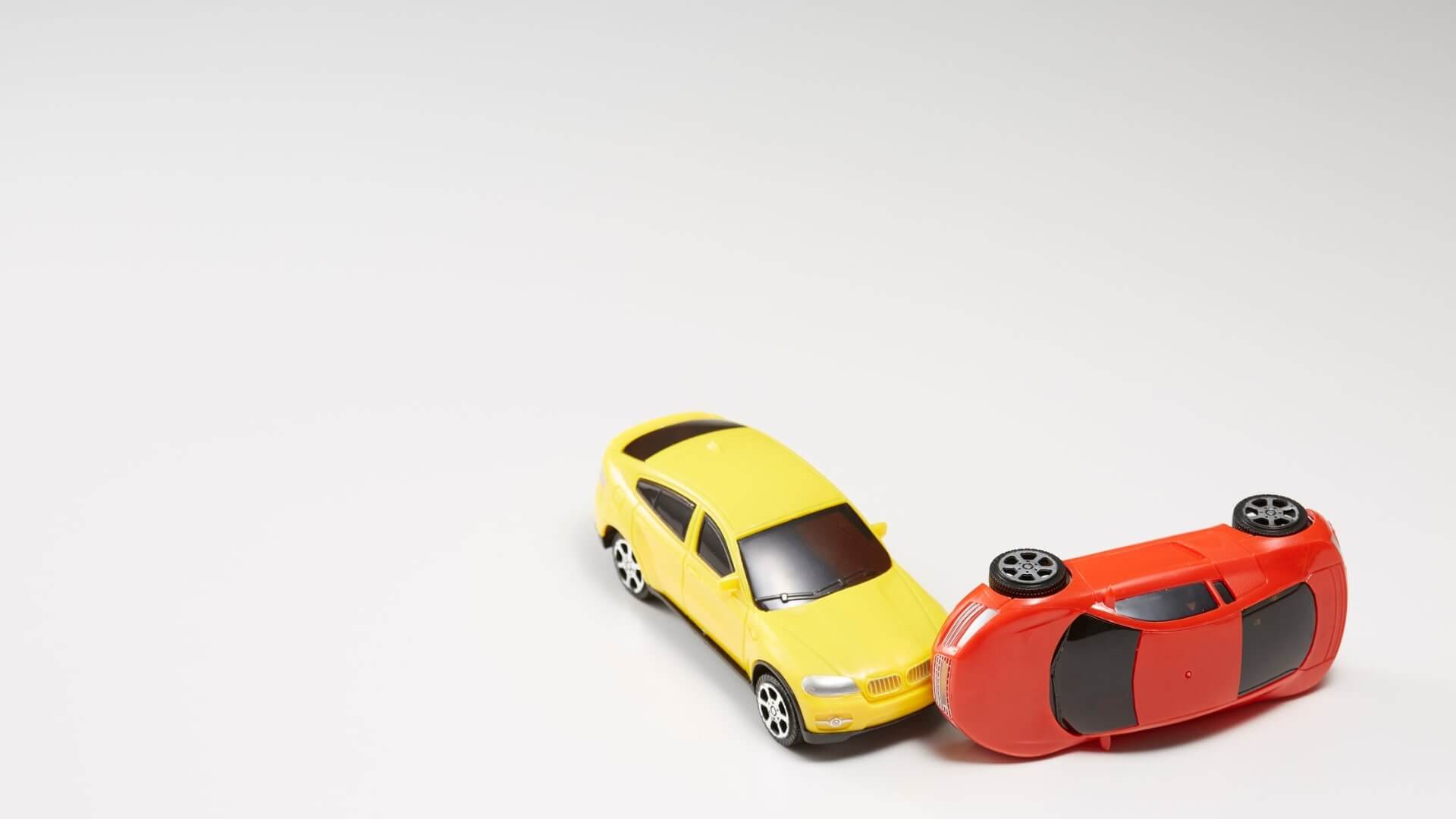
What Happens If You're Partially At Fault in an Accident
After an accident, one of the first worries people often have is: “What if I was partly to blame? Does that mean I can’t recover anything?” read more

Think Before You Post: How Social Media Can Hurt Your Accident Claim
Sharing accident updates on social media may feel harmless—but insurance companies and defense attorneys can use your posts against you. Learn why posting after an accident is risky and how to protect your personal injury claim. read more
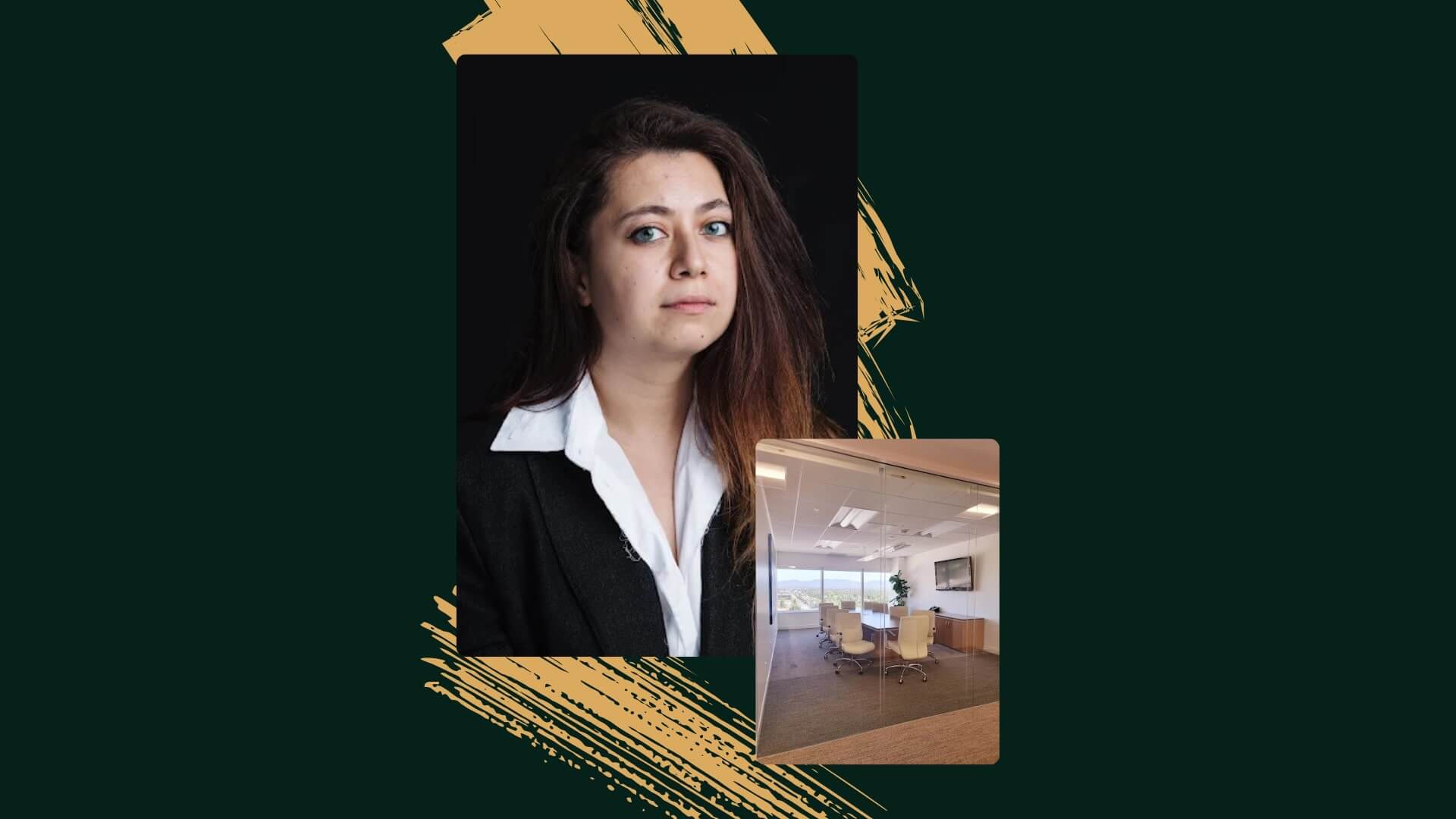
Why Shiganian Law is the Top Personal Injury Firm in Sherman Oaks and Encino
Shiganian Law delivers expert personal injury representation with a proven track record. Led by Isabel Shiganian, we offer personalized service, direct communication, and results-driven advocacy. No fee unless we win. read more

Hidden Injuries That Can Arise After a Car Accident — and What to Do Next
Learn about hidden injuries that can arise after a car accident. Comprehensive guide covering injury types, injury settlements, and steps to take after an accident. read more

How Dashcam Footage Can Completely Change Your Car Accident Claim
Discover how dashcam footage can transform car accident claims by providing clear evidence, resolving disputes, preventing fraud, and expediting insurance settlements. read more

Bitten But Blamed? How Insurance Companies Shift Fault in Dog Bite Claims
Discover how insurance companies shift blame in dog bite claims, the legal protections for victims in California, and steps to defend against unfair accusations. read more

What Is Considered a Catastrophic Injury in Personal Injury Law?
Understand catastrophic injuries in personal injury law - definitions, impacts, causes, and why specialized legal help is crucial for securing proper compensation. read more
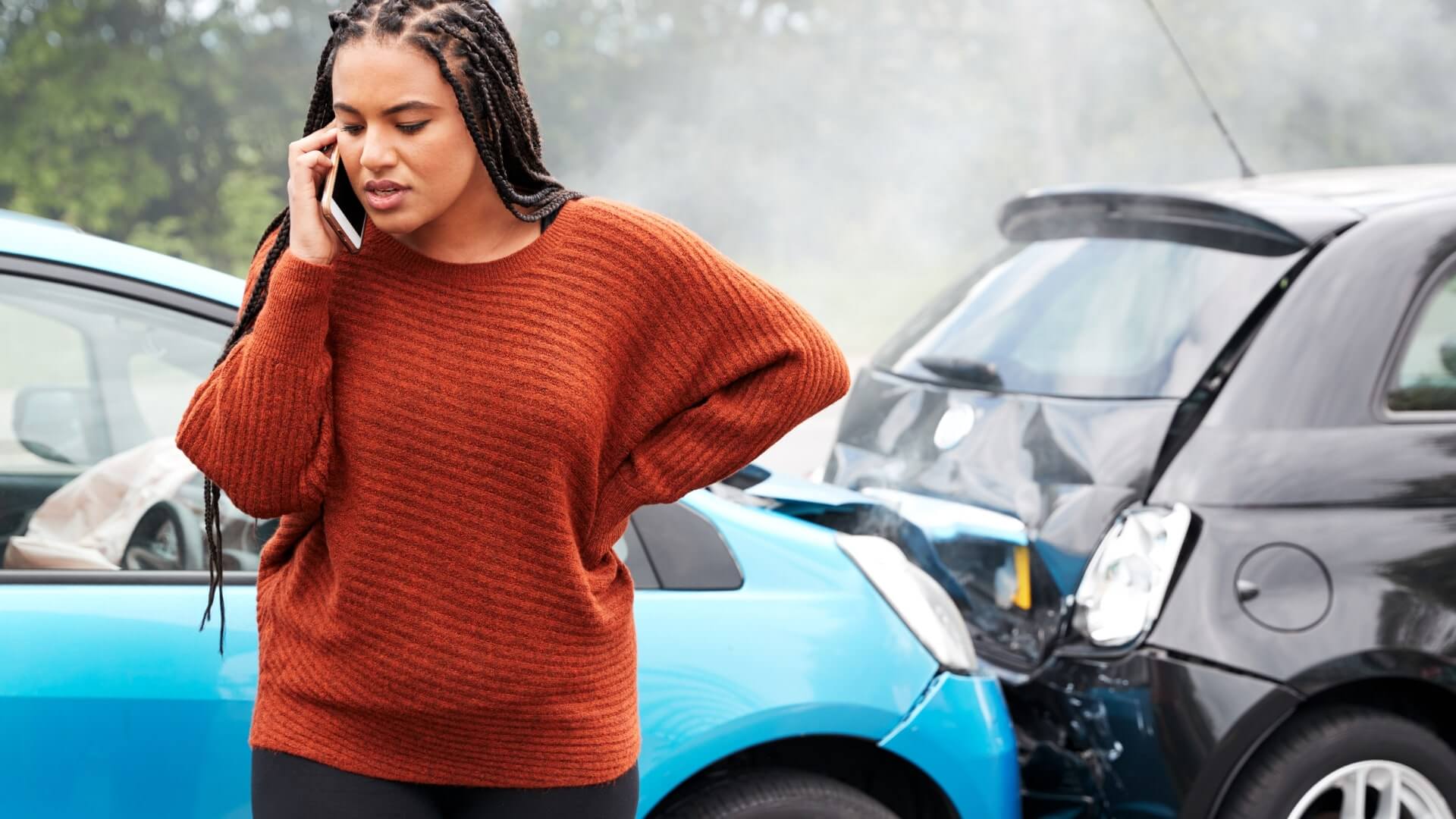
The Biggest Mistakes People Make After an Accident Causing Personal Injury
Discover the critical mistakes people make after injuries that can damage their compensation claims and learn how to avoid these costly errors. read more

Financial Struggles After Accidents: Recovery & Legal Options
Explore the financial impact of injuries, from medical debt to lost wages. Learn legal options, coping strategies, and support for recovery stability. read more

Emotional Trauma After an Accident: Understanding Your Rights and Recovery
Discover how emotional trauma after accidents affects mental health and daily life. Learn about your legal rights and the recovery journey to healing and compensation. read more

Motorcycle Accidents: Types of Injuries, Settlements, and Your Rights
Learn about motorcycle accident causes, safety tips, and legal rights. Comprehensive guide covering injury types, injury settlements, and steps to take after an accident. read more
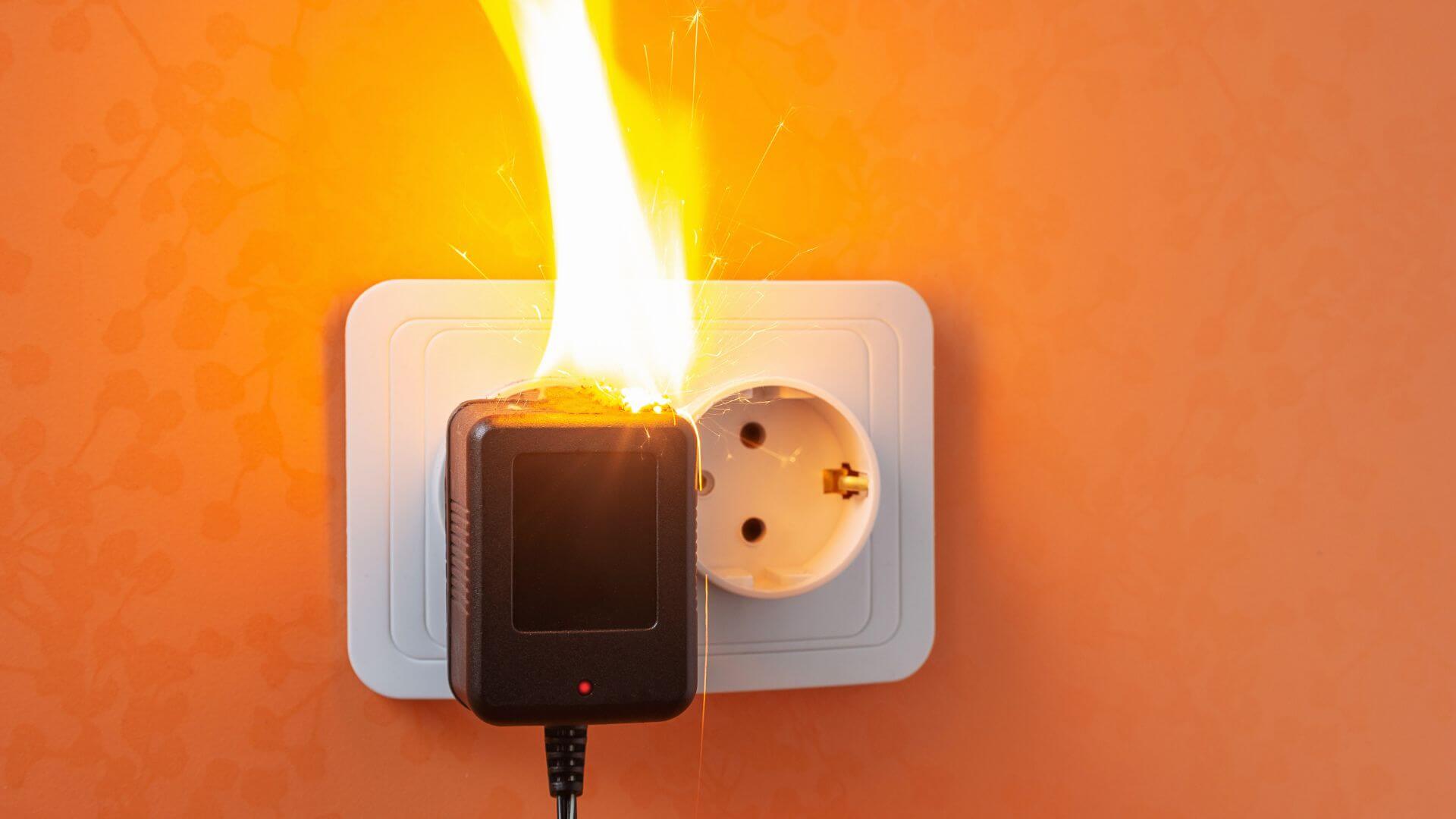
Product Liability in California: Protecting Consumer Rights
Learn about California product liability law, including types of defects, liable parties, and compensation available for injuries caused by defective products. read more
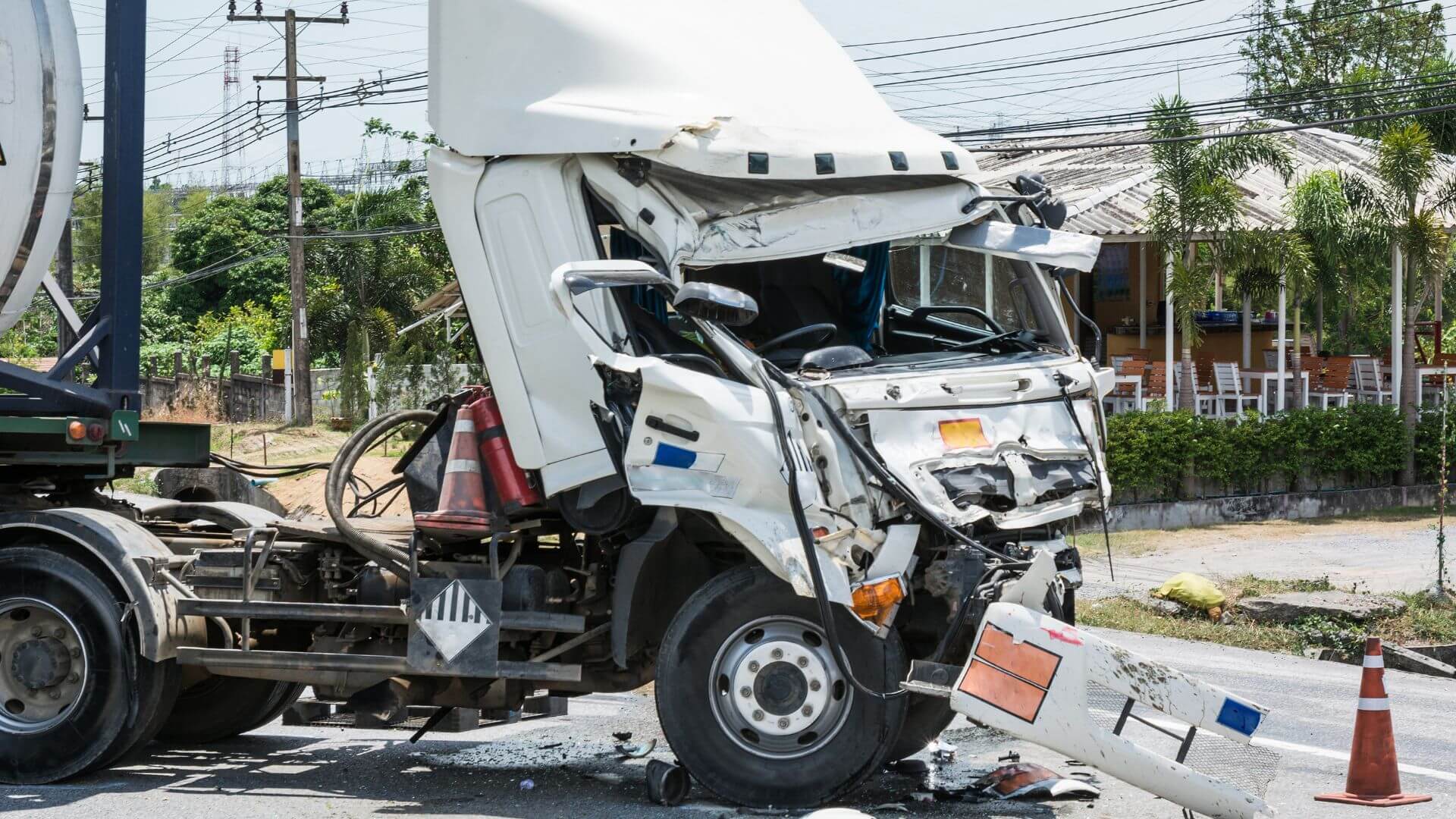
What Does a California Truck Accident Lawyer Do?
Learn how an experienced California truck accident lawyer can help maximize your compensation through expert investigation, evidence preservation, and strategic negotiation. read more
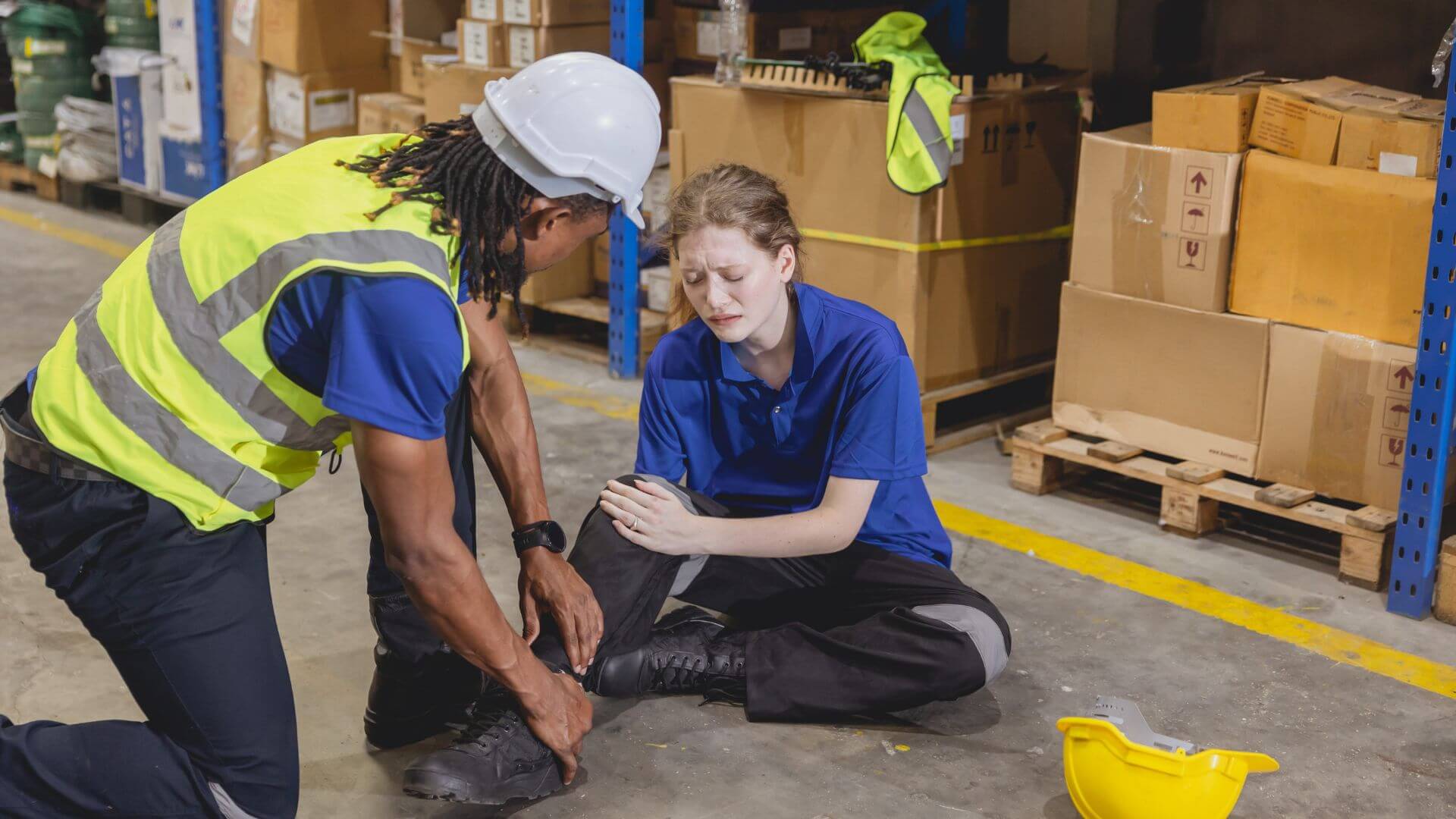
What is Premises Liability Law: Responsibility, Examples, and Common Types
Imagine walking through a quiet shopping center, enjoying a peaceful afternoon, when suddenly a wild Canadian goose darts out, knocking you over and fracturing your hip. It may sound far-fetched... read more
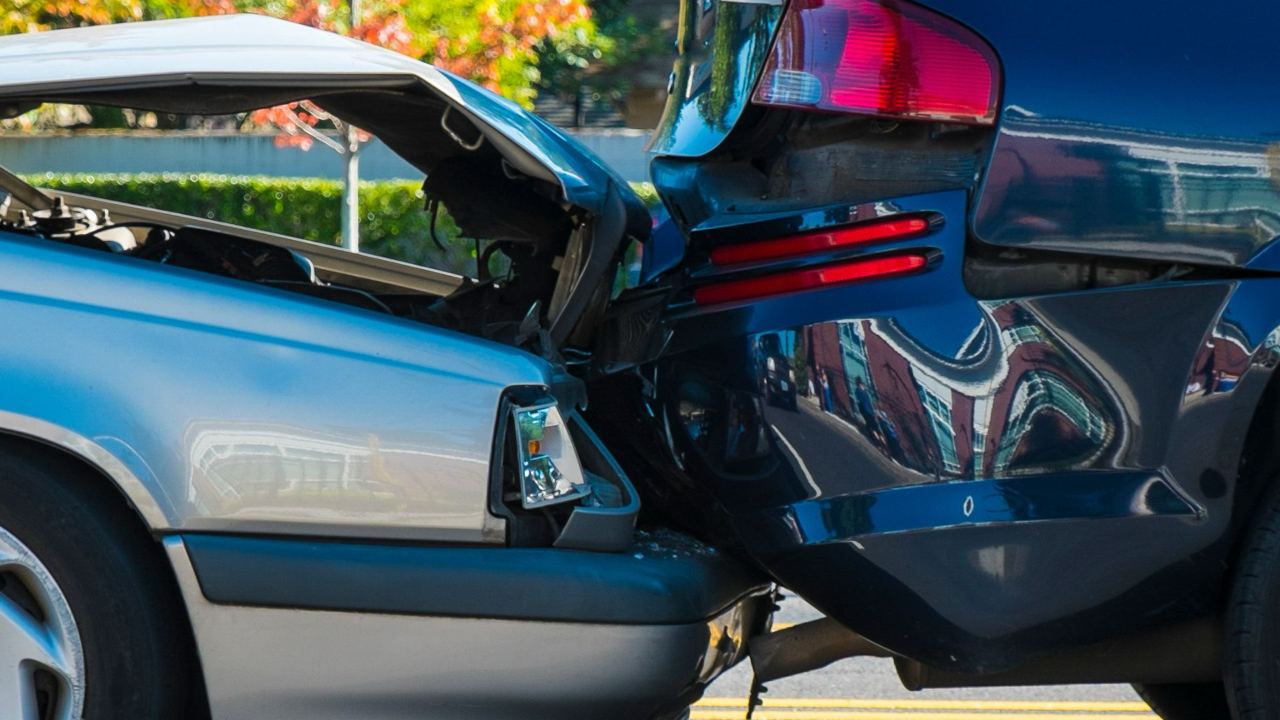
What to Do if You’ve Been in a California Car Accident?
If you’ve been in a car accident, you might be overwhelmed with the experience and what to do next. Your priority is your safety and health, and if you have been injured, getting the support you need to recover. read more

California Prop 213 and Its Impact on Car Accidents
Proposition 213 was created in 1996, as a way to encourage motorists to get and maintain insurance. read more
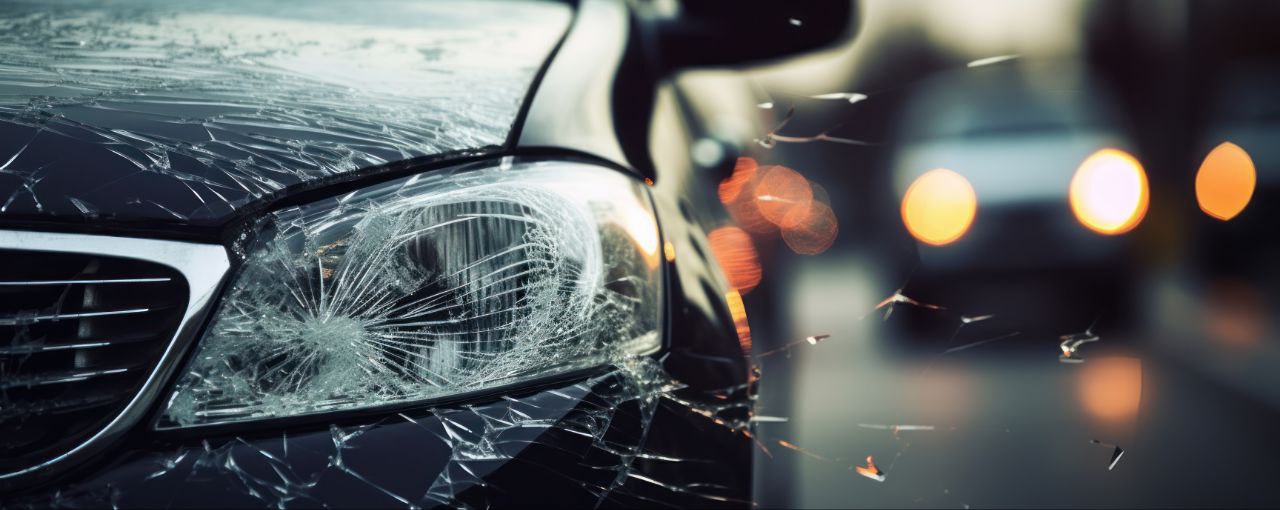
How Much to Expect from a Car Accident Settlement in California
Car accidents are unfortunate events that can result in significant physical injuries and extensive medical treatment. read more
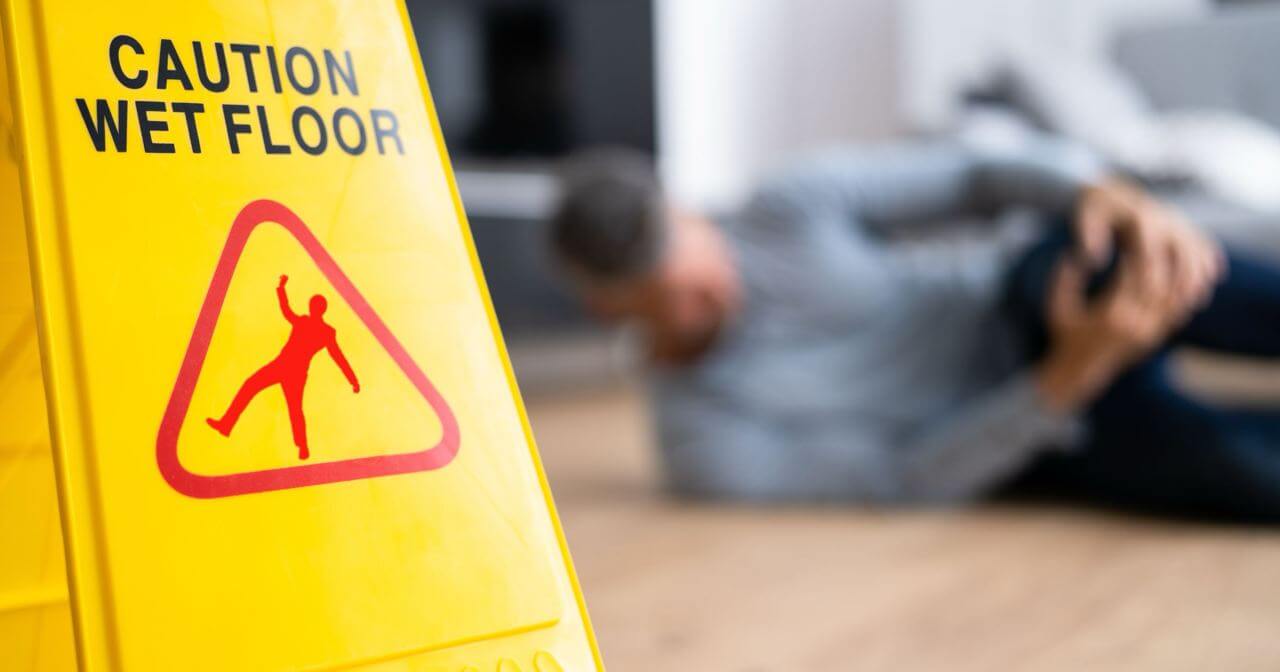
What to Do After a Slip-and-Fall Accident
This guide, while not a substitute for legal or medical advice, can help you figure out what to do in the short- and long-term after you’ve had an accident. read more